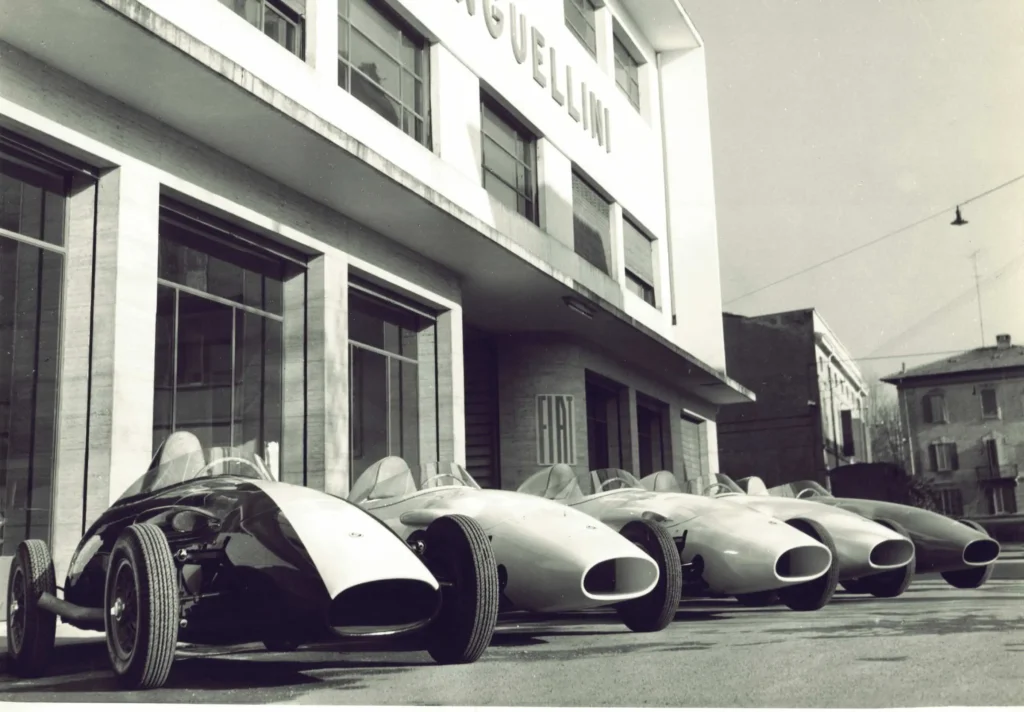In the late 1950s, the Italian motor racing scene was experiencing a period of decline, marked by a lack of fresh impetus and the retirement of some of the greatest champions of the past. There was a need for a breakthrough, an initiative that could revitalise interest in racing and attract a new generation of drivers, thereby keeping a tradition of excellence alive that had seen Italy at the top of international motor sport for half a century.
Faced with this situation, in November 1956, Giovanni Lurani – a driver, engineer and innovation enthusiast – presented a pivotal idea at the annual meeting of the International Sporting Committee (CSI). His proposal was to create a new category, a national formula for racing cars built with mechanical components from standard models. The goal? To give young people a cheaper entry point into the world of racing, using single-seaters with parts already available on the automotive market.

The rules and Stanguellini’s role
After many meetings, discussions and changes, the fundamental principles of the new category were finally established, under the name of “Formula Junior”.
The rules required that the engine, gearbox and front suspension all came from approved cars in the Series Production Touring category. The transmission and braking systems also had to be the same ones provided for the chosen engine. The engine displacement was set in two versions: 750 cc with a minimum weight of 320 kg, and 1100 cc with a minimum weight of 400 kg. However, complete freedom was given for the design of the chassis and rear suspension.
Italian cars dominated out on the track right from the start, and out of all of them, the Stanguellinis established themselves as the most competitive, picking up countless wins both in Italy and abroad. This manufacturer from Modena, already being ahead of the competition, had actually previously built a single-seater with a 750 cc twin-shaft engine. After certain modifications to the suspensions and the replacement of the engine-gearbox unit with the one from the Fiat 1100 N to comply with the new rules, Stanguellini created the first real Formula Junior car.
Between 1958 and 1959, most Italian Formula Junior constructors drew inspiration from the iconic Ferrari and Maserati “grand prix” cars. The technology at the time was still heavily influenced by pre-war designs, with a large-diameter tubular chassis, front engines and rigid rear axles, often like the De Dion. The mechanical basis used was mainly the Fiat 1100, while use of the Fiat 600’s gearbox performed poorly.
The car’s power, considered a vital element, reached 75 hp in the Stanguellinis, making them one of the best-performing cars in the category.
Formula Junior therefore helped shape a new generation of talent and innovators in the automotive industry. Brands like Stanguellini played a key role, showing that, with passion and ingenuity, it was possible to compete at high levels while using relatively simple resources.
Even though this category was short-lived, from 1959 to 1964, it had a long-lasting impact: Formula Junior laid the foundations for future motor racing and further strengthened Italian excellence in the world of racing.

